Apollo Theater
Introduction
Text-to-speech Audio
Images
A picture of the front of the Apollo Theater in 2009.
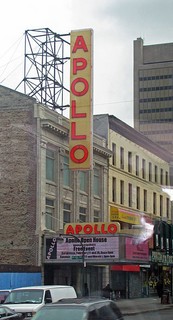
An early photo of the Apollo Theater.
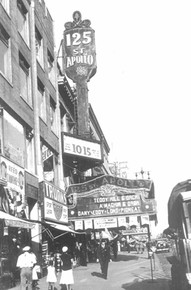
James Brown performing at the Apollo advertisement.
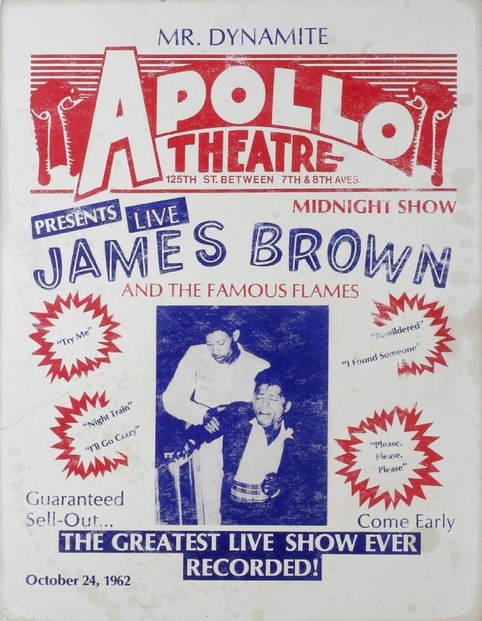
Apollo sign headlining the "Wednesday Amateur Night".
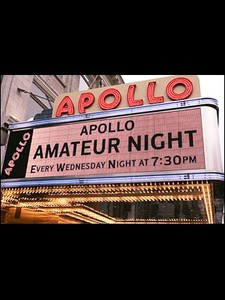
Some of Wednesday Amateur Night's legends.
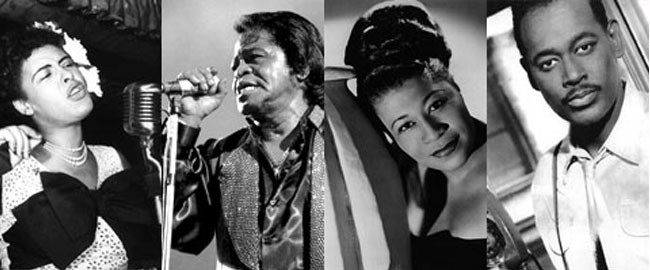
The Wednesday Amateur Night Tree of Hope. It is believed/tradition that performers should touch the tree in order to give a great performance at the Apollo.

Backstory and Context
Text-to-speech Audio
In 1914, the building where the Apollo Theater currently resides was constructed by George Keister. Its original owner was Sidney Cohen, who provided a thirty-year lease to Benjamin Hurtig and Harry Seamon. The two turned the building into the Hurtig and Seamon’s New Burlesque Theater. Although the owner of the building was an African-American man, African Americans were prohibited from performing at the theater or attending as patrons. Hurtig and Seamon were unable to complete their thirty-year lease because of Fiorello La Guardia. In 1933, La Guardia fought against the performances at Burlesque shows, claiming they were damaging to the community, and the theater was closed.
In 1934, Sidney Cohen and Morris Sussman, who acted as the manager, reopened the theater. A few key changes were implemented in the reopening of the theater. The theater was renamed the 125th Street Apollo Theater and the burlesque shows were removed. The shows were changed into revues and the theater focused their attention instead on the African-American audience in Harlem. The Apollo Theater began employing African American theatrical workers. By 1937, it became the largest employer for African-American theatrical workers in the country. It was also the only theater in New York City to offer backstage positions to African American people.
One of the biggest successes for the Apollo Theater was the “Wednesday Amateur Night." Ralph Cooper, an actor and producer, brought the “Wednesday Amateur Night” to the Apollo in 1934. Every Wednesday people would showcase their talents at the theater. The event was also broadcasted across the radio. Through this show, many stars have reached fame. One of the most renowned stars to surface from this show was Ella Fitzgerald, who managed to win one of the very first amateur nights with her beautiful singing at the age of 15. This show continues today.
In 1983, the theater received federal and city landmark status. Today the Apollo still offers quality entertainment. Patrons are able to go and see the shows firsthand or can catch the televised versions. An archive has begun to take shape as the Apollo is now trying to form a history of documents, photographs, recordings, and footage in order to capture its years of entertainment services.
Cite This Entry
Thagard, Gavin, Amberlyn Bradshaw, and Clio Admin. "Apollo Theater." Clio: Your Guide to History. May 14, 2017. Accessed March 24, 2025. https://theclio.com/tour/1114/2
Sources
"Archive Project." Archive Project. APOLLO THEATER FOUNDATION INC, n.d. Web. 17 Nov. 2014. .
"History." History. APOLLO THEATER FOUNDATION INC, 2014. Web. 18 Nov. 2014. .

